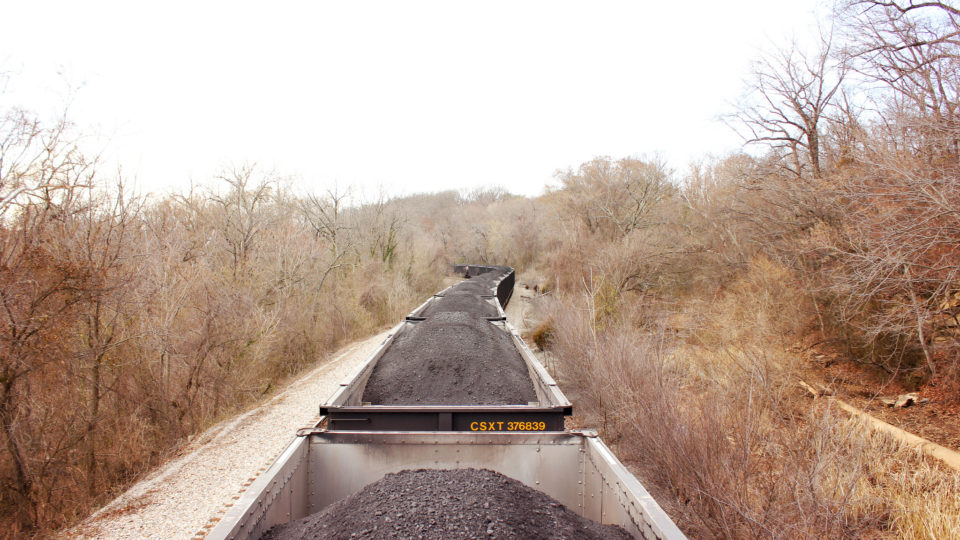There is great interest in the potential use of hydrogen as a fuel or an energy storage medium. Unlike hydrocarbon-based fuels, pure hydrogen combustion produces nothing but water as an emission. But most hydrogen used at present is made by reforming natural gas, which is a process that results in carbon dioxide emissions. Thus, the search goes on for cost-effective and energy-efficient ways to make “green hydrogen” that doesn’t result in greenhouse gas emissions.
Researchers at Colorado University Boulder are investigating the potential effectiveness of coaxing hydrogen from subterranean rocks – a commodity known as geologic hydrogen.
When water mixes with iron-rich minerals deep in the earth’s crust, ensuing chemical reactions can generate pockets of hydrogen gas.
The questions are whether it is possible to bring these deposits up to the surface without harming the environment or human communities in the process and whether they can be extracted in large enough quantities to meet growing global energy demands.
The Colorado researchers will conduct experiments both in the lab and hundreds of meters below the earth’s surface to see if it is possible to induce the subterranean rock to make more hydrogen than it normally does. If the hydrogen-producing reactions can be accelerated, then geologic hydrogen could become a clean and abundant energy source.
Geologists have known about hidden underground deposits of hydrogen for a long time, but recent research has found that there may be a lot more of it than once thought. According to a 2022 report by the US Geological Survey, there may be enough hydrogen below ground to supply humanity’s need for fuel for hundreds of years.
**********
Web Link
Can rocks produce abundant clean energy? New project to explore
Photo, posted December 26, 2013, courtesy of Juozas Šalna via Flickr.
Earth Wise is a production of WAMC Northeast Public Radio






